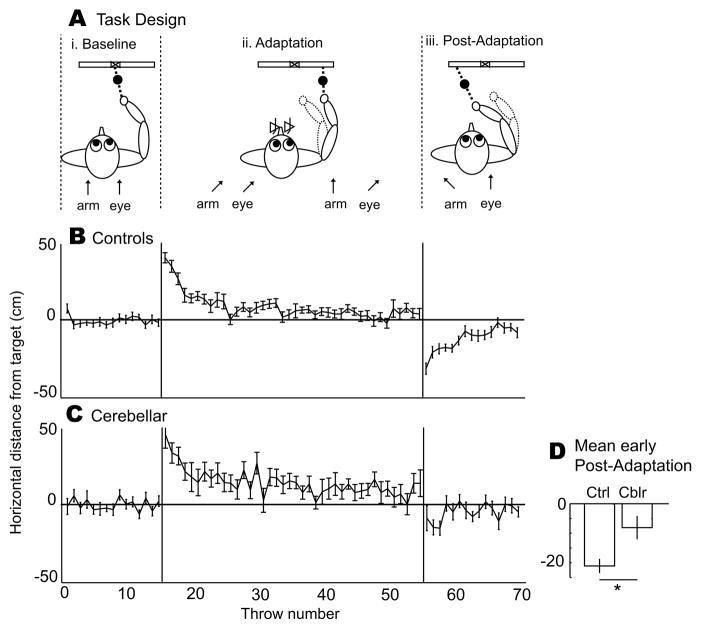Figure 1. Experiment 1 (throwing with prisms) group data.
A. i. When throwing objects at a target without prisms (Baseline), arm direction and eye direction (arrows) are aligned. ii. While wearing laterally-displacing prism goggles (Adaptation), the subject initi ally makes errors in the direction of prism displacement, which are gradually reduced as the alignment between where the subject sees the target and where he throws changes. iii. This is manifested by a negative aftereffect (errors in the opposite direction) when the prisms are removed (Post-Adaptation), indicating that motor adaptation has occurred (Martin et al. 1996). B–C. The positive y axis reflects errors to the right (direction of prismatic shift), while the negative y axis reflects errors to the left (direction of negative aftereffect). Trial-by-trial throw error averaged across healthy control subjects (N = 12, B) and cerebellar patients (N=12, C). i. Controls and patients threw accurately during baseline. ii. When rightward-displacing prism goggles were worn during adaptation, controls initially made large rightward (positive axis) errors but gradually returned to baseline levels of accuracy. Patients were able to strategically reduce their throwing bias during adaptation, but did not reach baseline levels of error. iii. When prism goggles were removed, controls initially made large leftward (negative axis) errors. Patients had a smaller negative aftereffect. D. In controls (left), this negative aftereffect (mean −21.1 cm; significantly different from zero; t(11) = −8.99, p < 0.00001) reflects motor adaptation, i.e., a new calibration between gaze direction and throw direction was learned and stored. Negative aftereffect in patients (right) was significantly diminished relative to controls (mean −8.1 cm; two-sample t(22) = 2.81, p = 0.010) but not different from zero (t(11) = −2.03, p = 0.07), indicating that motor adaptation was impaired. All error bars represent standard error.

